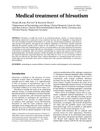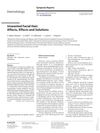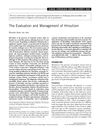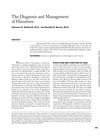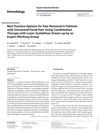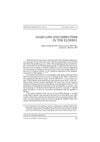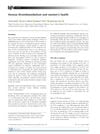An Overview of Unwanted Female Hair
December 2011
in “
British journal of dermatology/British journal of dermatology, Supplement
”
TLDR Over 40% of women have unwanted facial hair, which can affect their self-image, and should be managed with personalized treatment and support.
The document from December 2011 discusses the issue of unwanted facial hair (UFH) in women, noting that over 40% of women experience some degree of UFH. It emphasizes that while some unwanted hair is biologically normal, other cases may indicate underlying health issues. The review points out that the impact of UFH on a woman's self-perception of femininity can be significant, and that the severity of UFH as assessed by a physician may not always align with the patient's level of concern. The article advocates for a comprehensive treatment approach tailored to the individual, which may include emotional support, lifestyle changes, pharmacological treatments for any underlying conditions, and cosmetic hair removal methods. The goal is to address both the physical and psychological aspects of UFH for a holistic management strategy.
